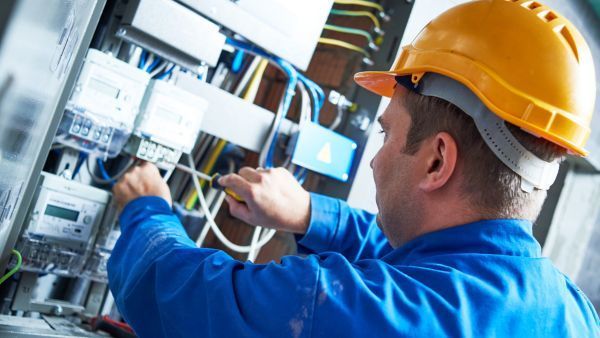Understanding the Importance of a Generator Transfer Switch
Generators play a crucial role in providing backup power during grid outages. However, proper installation is essential to ensure both safety and a swift transition to the backup power source. This is where the generator transfer switch comes into play.
Further info: What are the different types of applications for a transfer switch?
What is a Transfer Switch for Generator?
A transfer switch for generator is an electrical device that automatically switches the main power supply to the backup power supply, which is the generator. There are transfer switches designed for various installations, including homes, businesses, pumps, and more. In other words, it ensures a quick transition from the local electric company's power to the backup power provided by the generator.
Do I Need a Generator Transfer Switch for My Generator?
Unless you want to rewire your installation every time there is a power outage, the answer is unequivocally yes. In addition to the previously mentioned advantage of having your setup always ready for instant use, an automatic transfer switch for generator has another benefit: it can recognize the main power outage, instruct the generator to start, and switch to the new power source once the generator reaches its cruising speed.
As a bonus, the generator transfer switch can recognize the return of power from the main grid, switch the power back to it, and shut down the generator. Another advantage is safety – whether manual or automatic, power switches occur without the need to intervene in your installation's wiring.
How to Install a Generator Transfer Switch?
While the installation may seem complex, with the right knowledge and tools, it can be successfully carried out. If you feel unsure about your capabilities, it's advisable to seek the assistance of a professional who can guide you through the process.
Here are some general steps to guide you through the installation process:
- Assess Your Needs: Determine the power of your generator and the electrical power of your subscription to the local utility.
- Choose the Power Rating of Your Transfer Switch: The selected transfer switch should have a power rating equal to or greater than the larger of these two values.
- Select the Operating Mode of the Transfer Switch: Choose a transfer switch suitable for the operating mode you prefer: manual transfer switch or automatic transfer switch.
- Location: Often, the most suitable location is at the head of your main electrical panel or near the circuit breaker that powers the specific equipment.
- Electrical Installation:
1- Work only with the electricity turned off for safety.
2- Install the transfer switch in the electrical panel.
3- Once securely installed, connect the cables. Connect the two sources to the upper inputs of the switch, each on their side, ensuring the correct connection of Input 1 for the grid and Input 2 for the generator. All connection terminals are labeled, making it impossible to go wrong.
4- In the last phase, downstream of the transfer switch, combine the two outputs and connect the cable that goes to the equipment to be powered. For combining the two outputs, we recommend using the "busbar kits" offered as accessories for each transfer switch.
In the case of an automatic transfer switch, connect a cable between the "start command" terminals on the switch and the generator.
- Test: Perform tests to ensure that the transfer switch functions correctly and that the transition between the main power and the generator occurs smoothly.







